S
scale
A series of spaces marked by lines, dots, or numbers that is used for measuring quantities.

second
A unit for measuring time. There are 60 seconds in a minute.
separate (take away)
A type of subtraction problem where part of the whole is separated or taken away from the whole. For example, I had 8 bananas and gave 4 to my sister. How many do I have now?

side
One of the lines forming the outline of a shape; for example, a square has four sides.

sixths
Six parts of a whole that are the same size. (See also fair share and
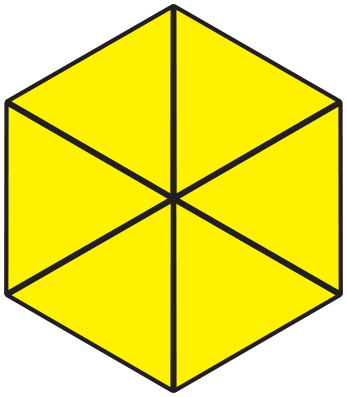
skip count
Count forward or backward by a number greater than one. For example: 2, 4, 6, 8, is skip counting by twos.

sizer
Any device for measuring or sorting objects according to size.
skinny
One of the base-ten pieces that is often used to represent 10. A skinny is made of 10 bits. (See also base-ten pieces, bit, flat, and pack.)

solution
The answer to a problem.
speedometer
An instrument on a car or other vehicle that indicates how fast the vehicle is going in miles per hour (mph).
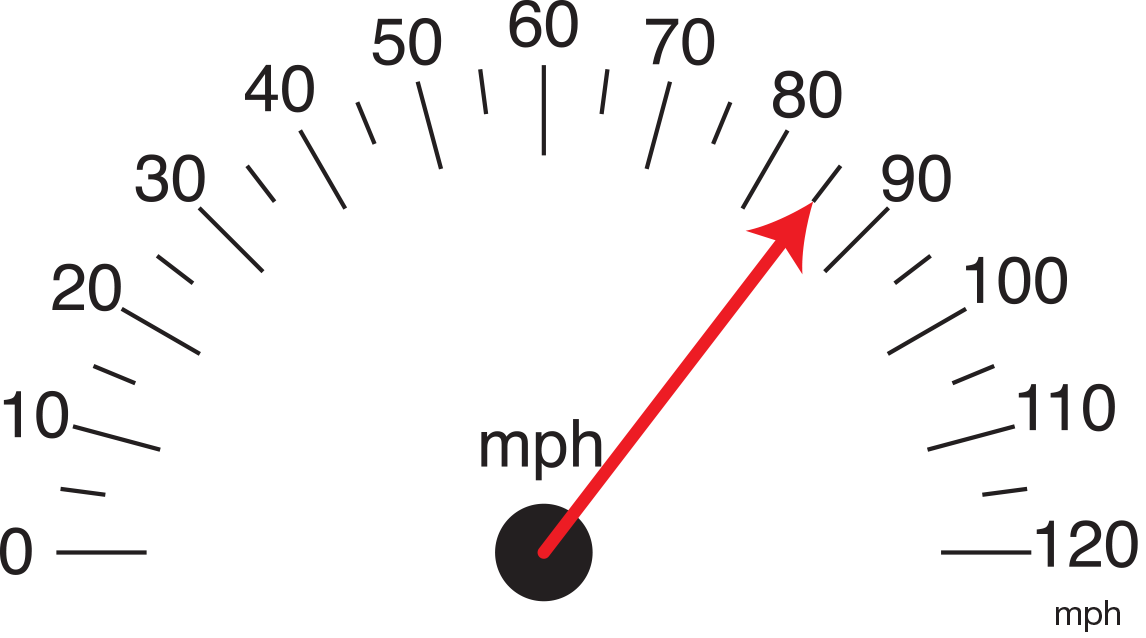
sphere
A three-dimensional (3-D) shape shaped like a ball.

square
A two-dimensional (2-D) shape with four equal sides and four square corners.
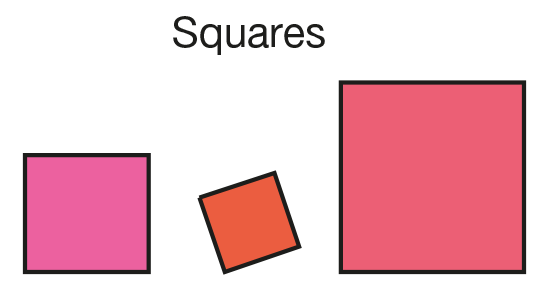
square corner
You can fit a square in a square corner. The corner of a sheet of paper is a square corner.
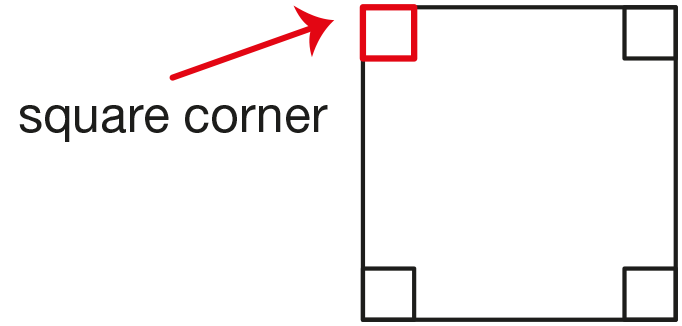
square units
A square-shaped unit used to measure area. For example, the square may measure 1 cm or 1 inch along each edge.
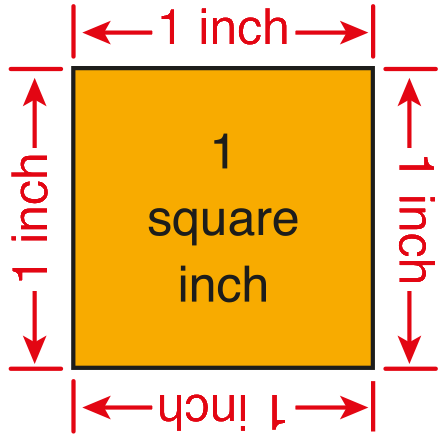
standard mass
A set of objects used to measure the mass of an object. They often come in a set with masses that are easy to add together. For example, 1 g, 5 g, 10 g, and 20 g. (See also gram and gram masses.)
standard unit (of measurement)
Units of measurement that are part of a consistent way of measurement. For example, standard units include inches, centimeters, and meters because they are the same for everyone.
strategy
A way of solving a problem. For example, counting back and using doubles are strategies for math facts.

strategy session
Meetings where participants review, invent, and discuss strategies for solving problems.
subtract zero rule
A rule that says when you take zero from a number, the number stays the same. For example, 3 − 0 = 3.
subtraction
Taking one amount away from another. For example, 5 − 3 = 2. The symbol to show subtraction is −.
sum
The answer to an addition problem.
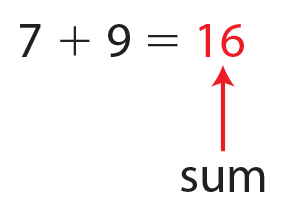
survey
A method of collecting data from a sample population. Usually surveys are used to describe a characteristic of the population sample. For example, the students in the class were asked to name their favorite food. From that information, you might be able to tell what is the most common favorite food.








